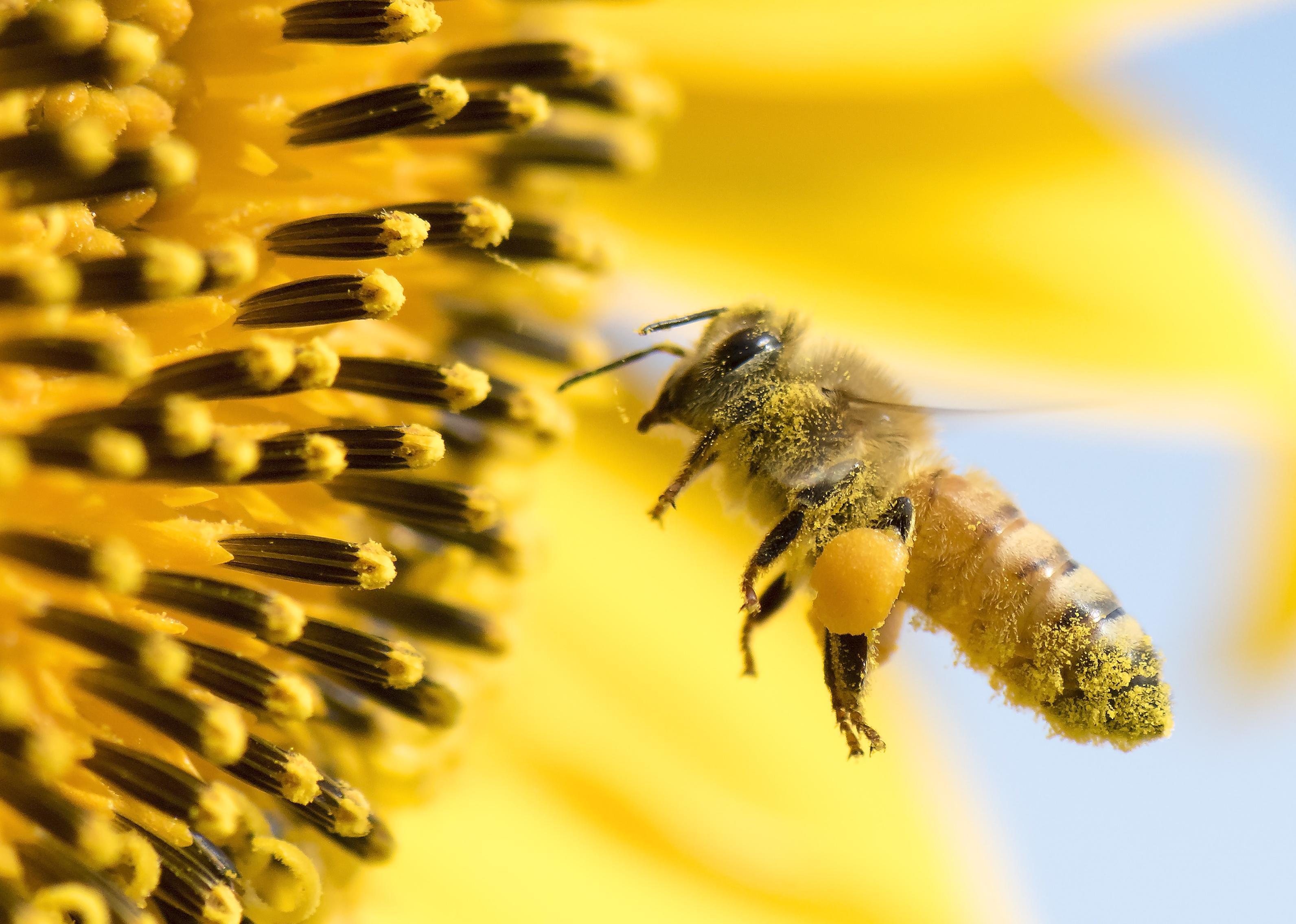
From honeybees to honey possums: 20 facts about pollination
From honeybees to honey possums: 20 facts about pollination
Much of the plant life, including flowering plants and human food crops, require pollination. Without pollinators, these plants would never reproduce.
Pollinators come in all shapes, sizes, colors, and species. There are birds, bees, beetles, flies, moths, bats, and even a tiny flightless mammal—the honey possum—that specialize only on specific plants as their preferred food source. Other pollinators include the sun bear and the Noronha skink, and research suggests that some pollinators, like certain butterflies and birds, have even evolved with the specific plants they pollinate.
Honeybees and bumblebees have long been instrumental in pollinating human foods, including fruits, nuts, vegetables, and many staple crops, and research reveals that about one in three bites of food humans eat requires pollinators.
Stacker scoured national and international government data, educational resources, science journals, and news reports to bring readers 20 interesting facts about pollination. From honeybees to honey possums, pollinators are part of a fundamental process of life on Earth, sometimes known as an "ecosystem service."
Stacker's slideshow includes information from recent studies revealing widespread declines in key pollinator populations around the world. Research shows that without pollination and pollinators, humans and many other species would not survive, and scientists from the United Nations say that human impacts have led to current extinction rates, which are 100 to 1,000 times higher than normal.
Many institutions and governments are recognizing the importance of reversing the decline in the number of pollinators and are actively figuring out ways to help restore the pollinator population. Factors like agriculture, pollution, climate change, urban development, and change in land use are putting pollinator species at risk.
Click through the slideshow to discover the essential roles pollinators play in sustaining life on Earth and what's being done to save them.
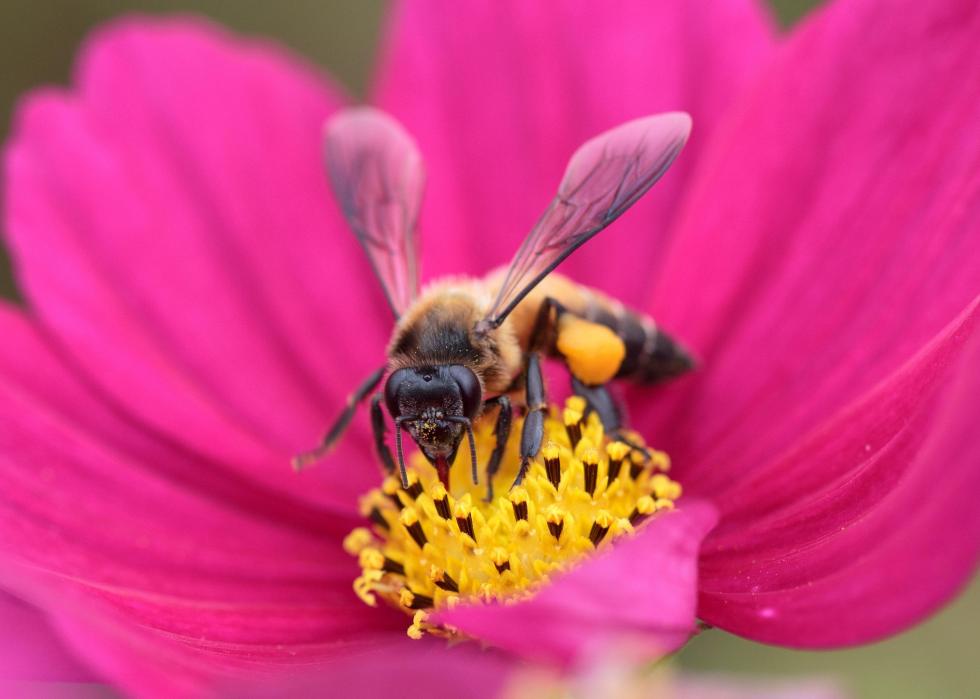
Humans wouldn't be on Earth without pollinators
Pollinators are building blocks in the foundation for life on Earth. Without pollinators, over 80% of the world's flowering plants would fail to reproduce. Humans and many other species evolved to eat food that only exists because of pollinators. Many other plants, including those of staple food crops for people, exist only because of their pollinators.
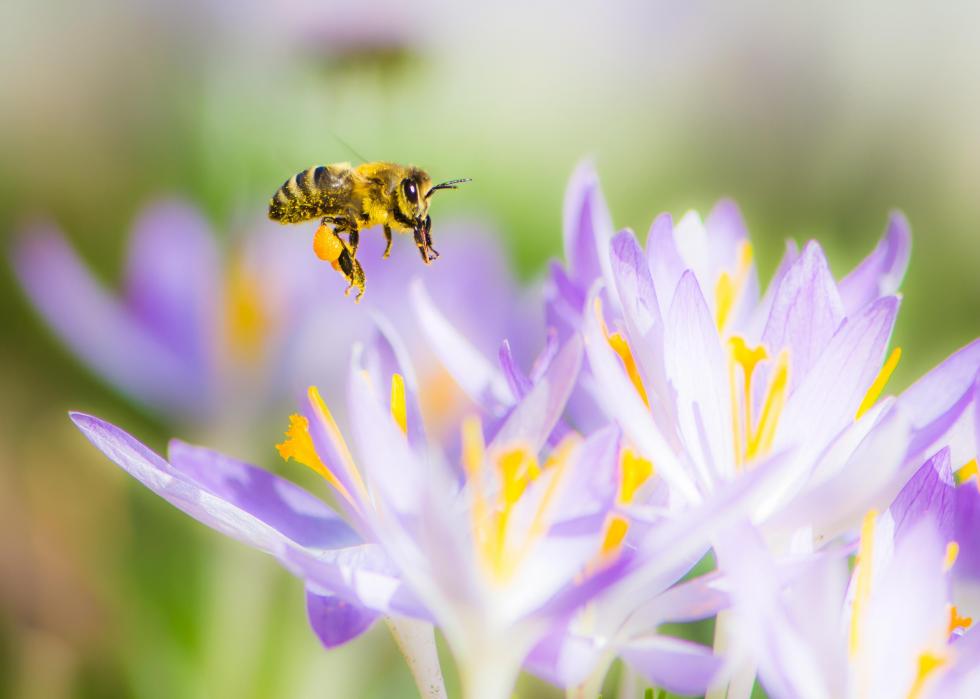
Pollination is a partnership
Like a dance with two partners, the plant and the pollinator are essential for the dance to work. Pollinators of all kinds have each evolved to "dance with" a particular partner, their plant companion. Each pollinator visits their plant as they look for food, mates, shelter, and nest-building materials. Meanwhile, the plant is "pollinated" or fertilized when the pollinator moves fertile grains of pollen from one plant to the next, and it reproduces. Without both partners in this dance, in many cases, neither reproduces.
As the U.S. Forest Service says, "The secret bond of the partnership is that neither plant nor pollinator populations can exist in isolation—should one disappear, the other is one generation away from disaster."
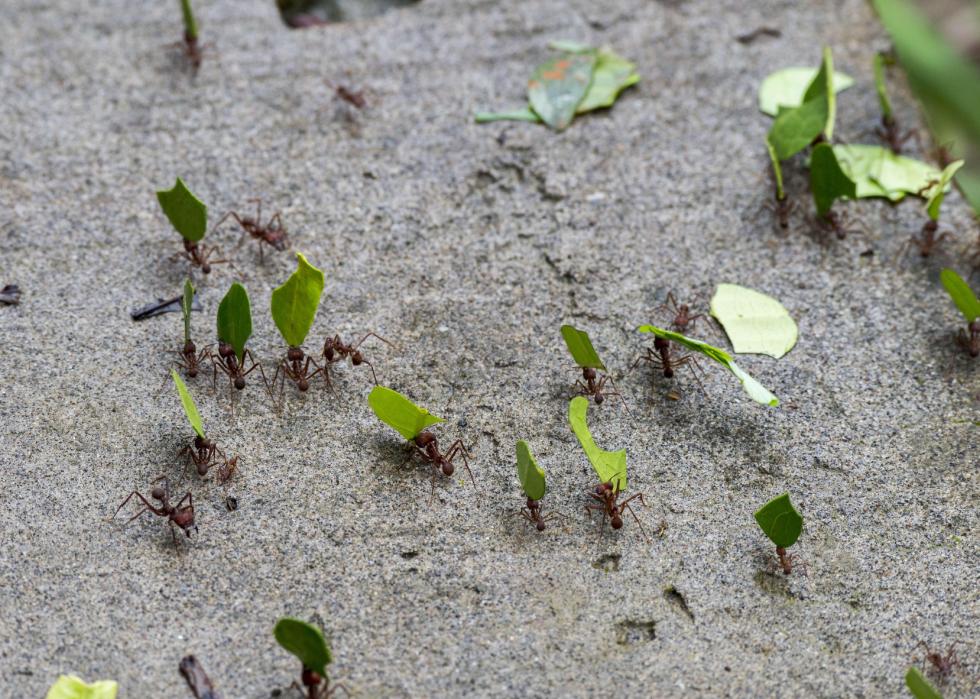
Pollinators come from all walks of life
You're probably familiar with bees, butterflies, and birds visiting flowers and pollinating them. Maybe you've seen bees busy pollinating flowers in a garden or meadow. Besides bees, pollinators include ants, bats, flies, mammals, moths, wasps, and many other animals.
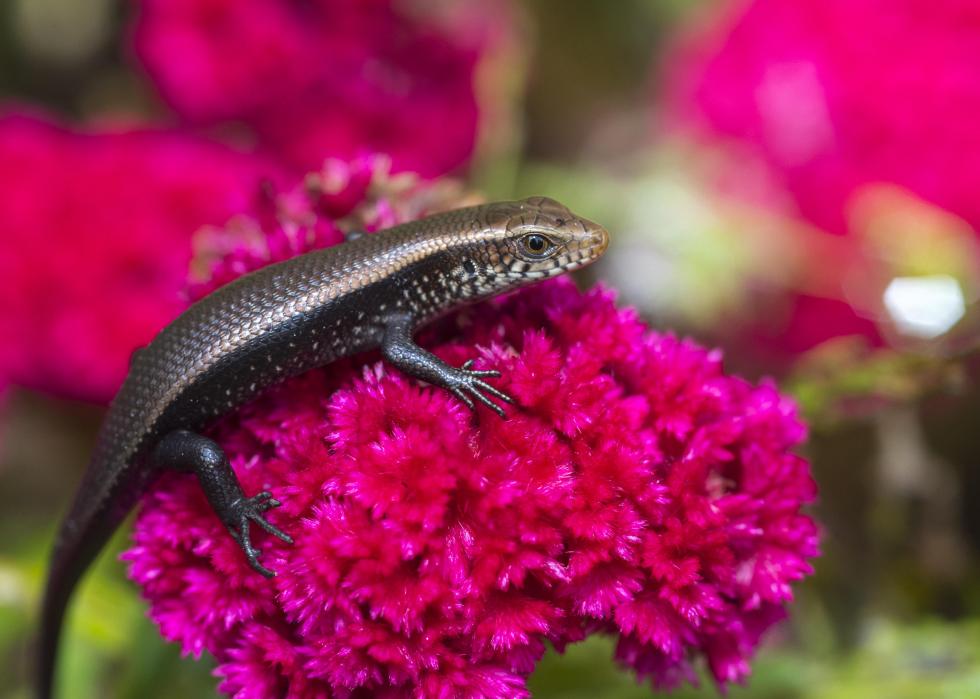
Even reptiles can be pollinators
Some lizards, geckos, and skinks can pollinate flowers. For example, Brazil's Noronha skink visits the flowers of the mulungu tree in the dry season, when the tree secretes nectar that attracts the skink. Pollen gets transferred from flower to flower as the skinks climb in and out of the flowers.
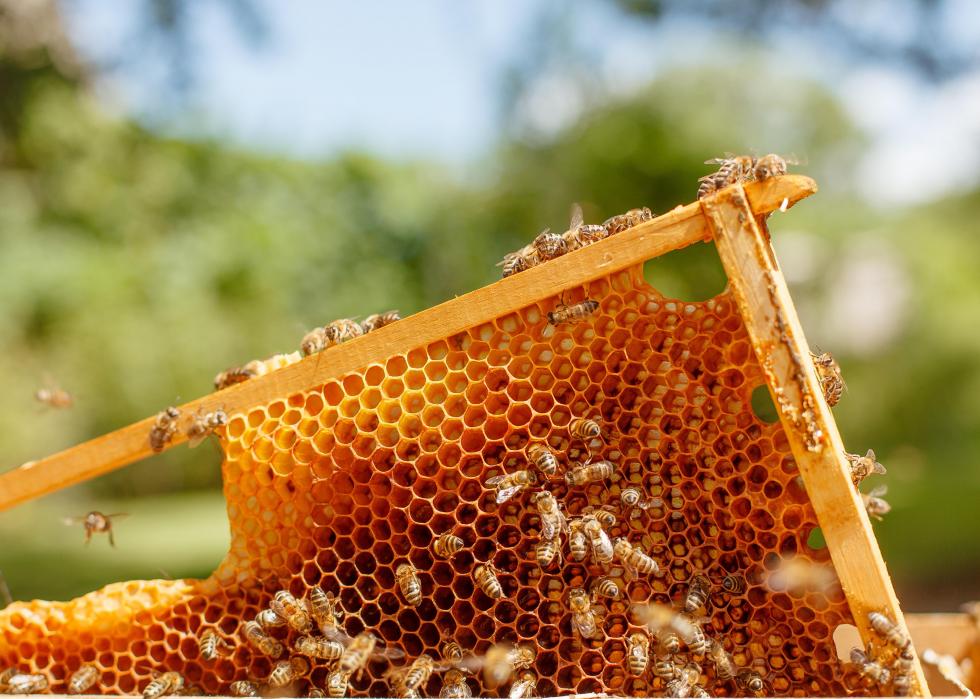
Honeybees deserve royal treatment
Out of all the pollinators on Earth, honeybees (Apis mellifera) may be the most vital to human food production. Most domesticated food staple crops, including fruit, and vegetables, are pollinated by honeybees. The bees, in turn, have been introduced around the world along with the crops they help pollinate. Honeybees are also important in producing wax, honey, and royal jelly.
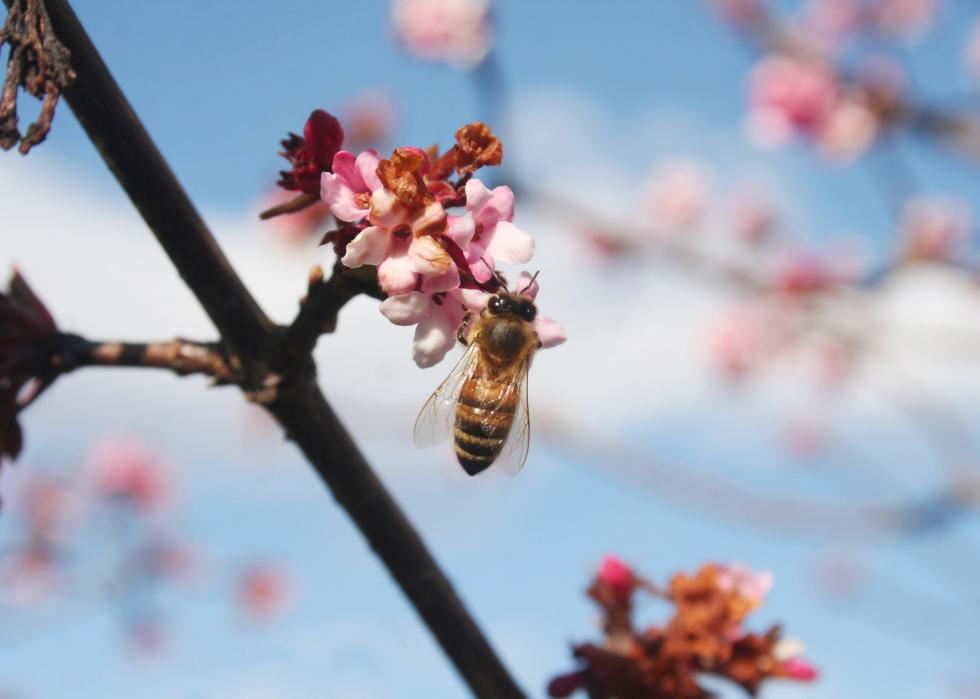
Pollution and climate change affect honeybee pollination
A 2016 study from Penn State shows that both pollution and climate change affect honeybees. Pollutants can impact bees' scent tracking abilities by affecting their ability to find and pollinate their food. Meanwhile, other research shows that the increases in dry weather and temperature can stress bees and change their behavior as well, suggesting that climate change is a threat to beekeeping and pollination.
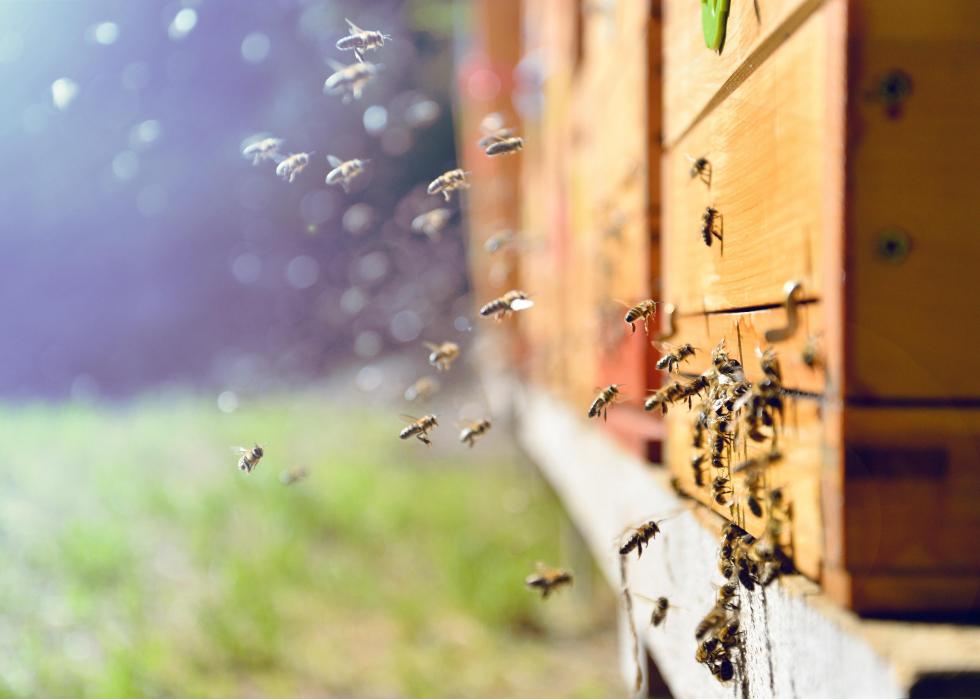
Bumblebees have big decline with climate change
2020 research from the journal Science shows that bumblebees—also key pollinators for human food—are down a whopping 30% in North America and Europe. The study suggests that bumblebees can't tolerate increases in temperature and the frequency of climate extremes. The scientists saw significant drops in populations in recent decades, and the senior author of the study said, "The things [we] grew up with as kids are fading away very fast."
Meanwhile, another study from Imperial College London published in March 2020 shows that pesticides damage the brains of baby bumblebees.
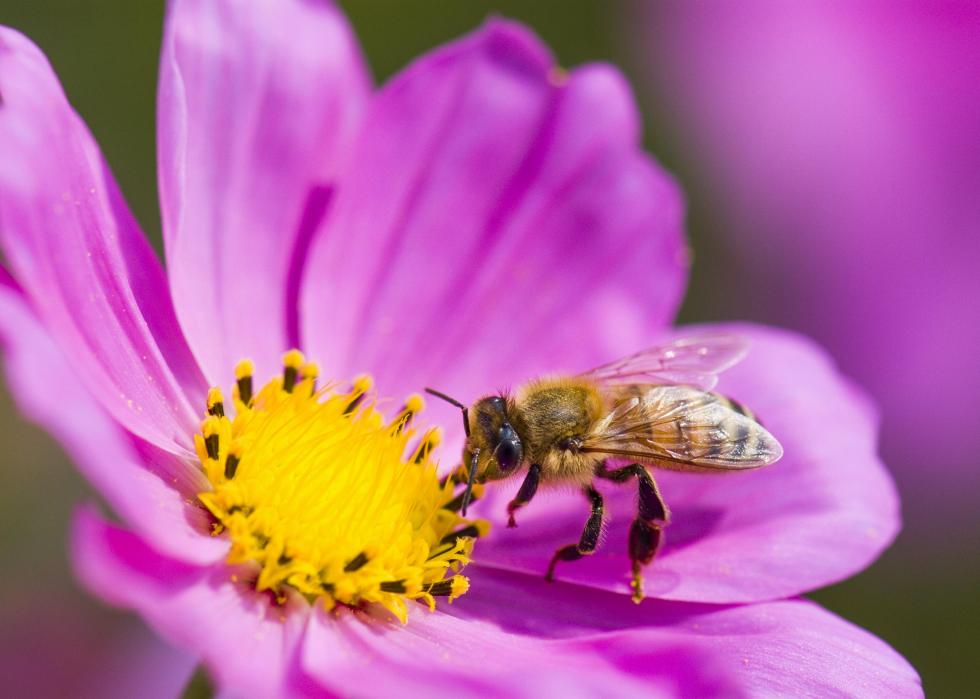
Threats run afoul in honeybees and other pollinators
Besides pollution and climate change, other challenges for honeybees include several diseases. One of these is called American foulbrood, a bacterial disease killing many honeybee colonies. Other threats to honeybees, bumblebees, and many other pollinators, include land-use changes, habitat loss, invasive species, climate change, and pollution. According to the Food and Agriculture Organization of the United Nations, "present species extinction rates are 100 to 1,000 times higher than normal due to human impacts. Insects will likely make up the bulk of future biodiversity loss with 40% of invertebrate pollinator species—particularly bees and butterflies—facing extinction."
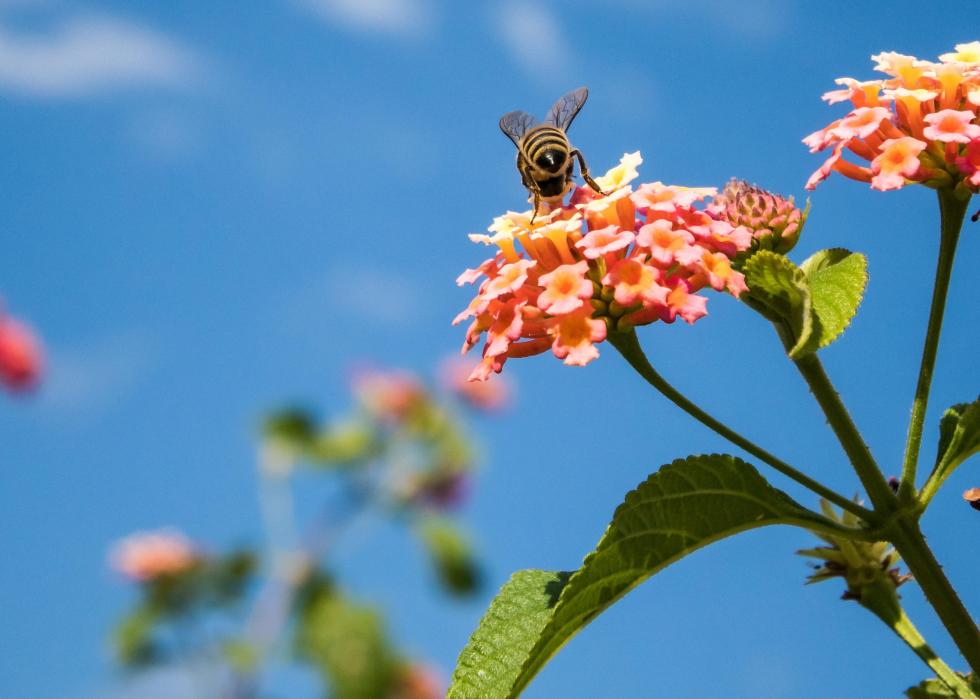
Much of life depends on pollinators
Many species depend on pollinators to fertilize plants they rely on for food and so much else. Organizations and researchers are actively working to restore, support, and bring resilience to pollinator populations of all kinds.
For example, science-based conservation and management organizations have shown that wetlands are essential ecosystems not only for ducks but also many wild pollinators. And some areas around the world serve as pollinator "hotspots" in need of special protections.
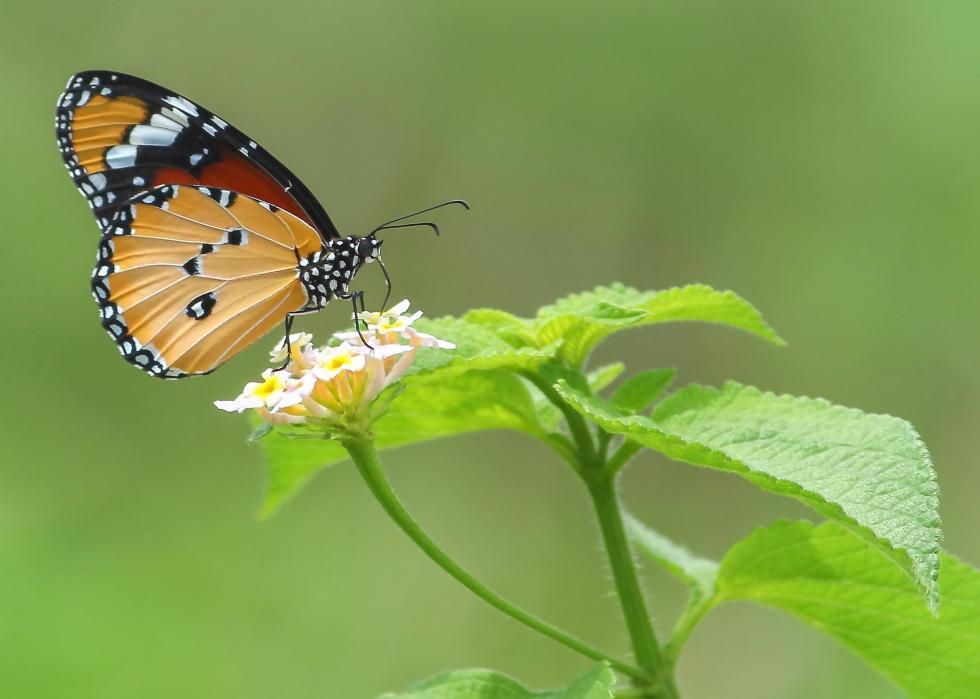
Western monarch butterflies down by 99%
Once an iconic and common species, western monarch butterfly populations are almost completely gone from their former habitat throughout western North America, according to the journal Frontiers in Ecology and Evolution. The authors write, "The population may now be hovering at its quasi-extinction threshold." However, many are working to restore milkweed populations—the partner plant that monarchs pollinate and rely on for food.
Many other pollinator species face extinction, and like honeybees and bumblebees, the monarch butterfly is a prominent and once common species that many people in the United States recognize.
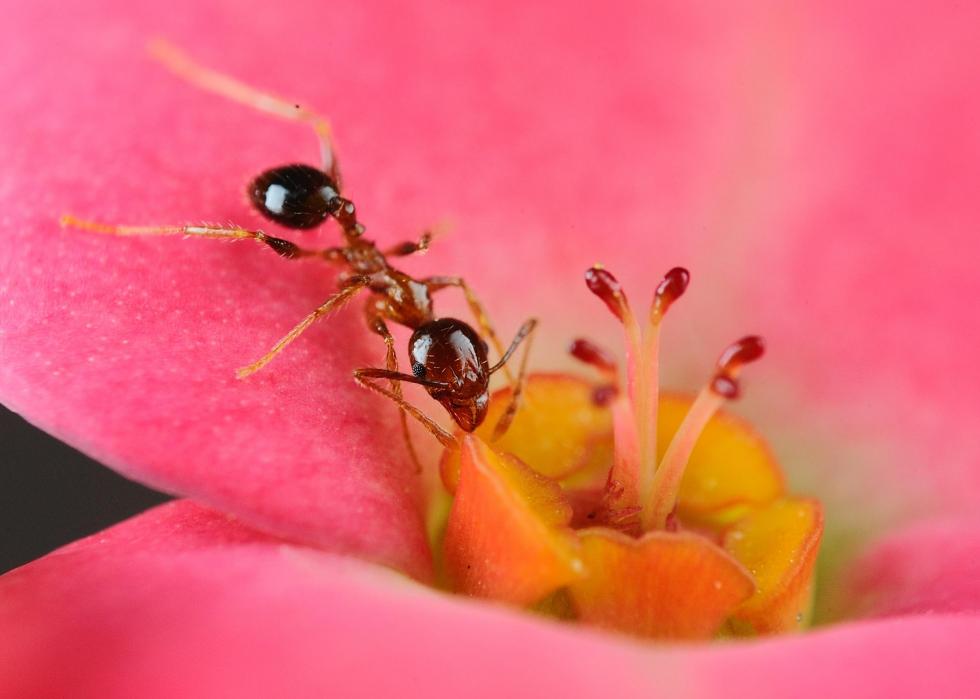
Only some ants are pollinators
Ants are among the most diverse, abundant, and ecologically important insects on Earth. Some ant species are also pollinators, and they eat nectar from flowers. However, ants crawl into the flowers they feed on and may or may not end up with pollen on their bodies, so many ants are not effective at moving pollen from one flower to another, which is necessary for pollination.
Several unusual relationships have evolved between ants, their preferred plants, and the plants' pollinators. For example, research in the journal Nature shows that ants guard the flowers of the acacia tree only before and after their winged pollinators, like bees, arrive, making it easier for the pollinators to access the flowers.
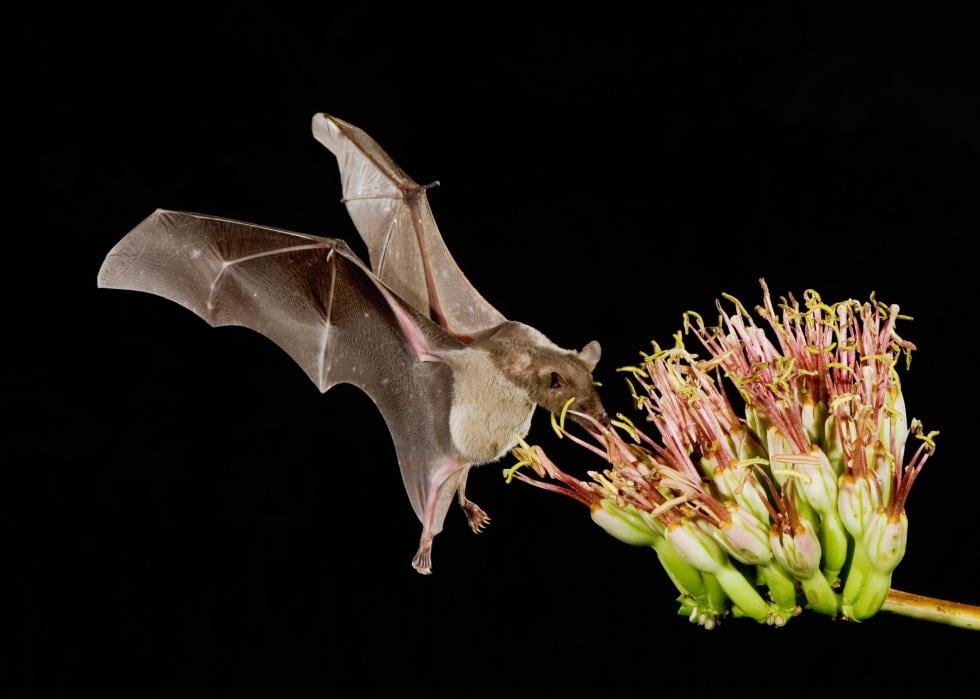
Bats are essential pollinators
Bats across the world are vital pollinators of many flowering plants. Especially in the desert and tropical regions, bats that feed on flower nectar are essential in pollination and reproduction. Over 300 kinds of fruits depend on bats for pollination, including mangos, bananas, and guavas. Flowers that attract bats are typically large and open at night. The lesser long-nosed bat and the Mexican long-tongued bat both migrate over a thousand miles and are listed as endangered species.
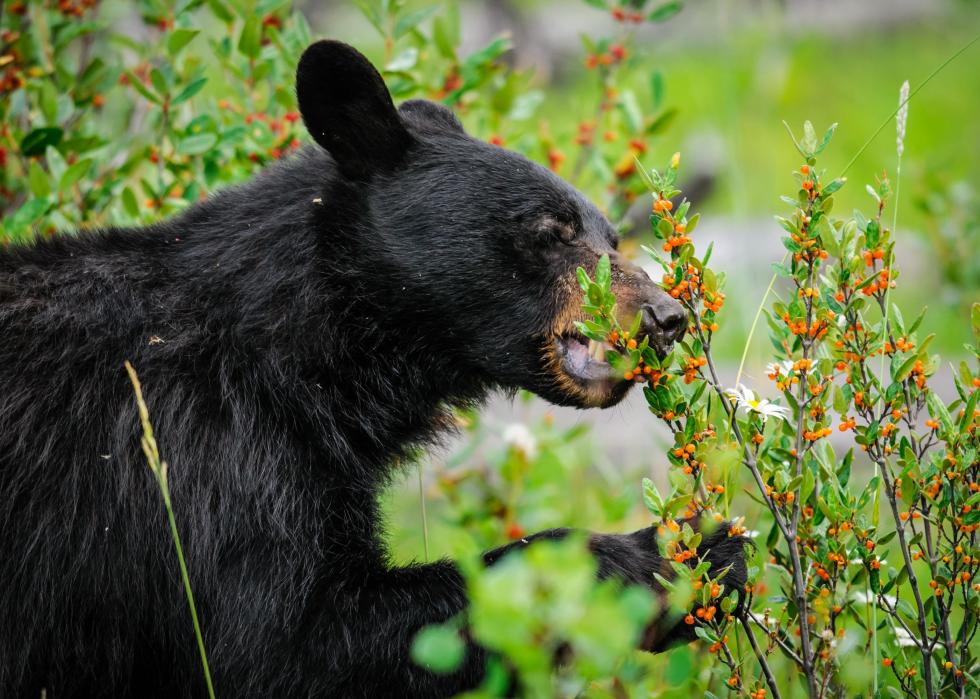
Bears depend on pollinators
Most bear species are omnivores, meaning they feed on a variety of berries, fruits, plants, fish, other animals, and honey. Many of these plants require pollinators. These foods include berries, fruits, and nuts. Interestingly, the sun bears of Asia have evolved specialized long tongues that allow them to access tree cavities where they find honey and insect pollinators.
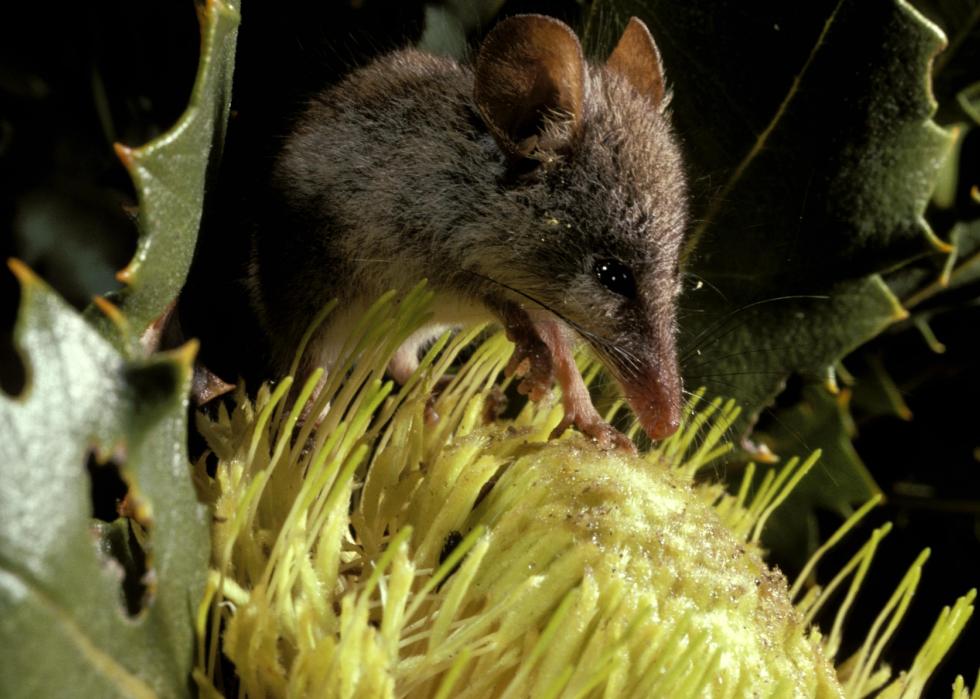
Honey possums: among the few flightless mammal pollinators
Endemic to Australia, honey possums are tiny mammals with extremely long tongues that have evolved to eat only the nectar and pollen of flowering plants, including banksias, eucalypts, and heath. Their aboriginal name is Noolbenger. They have also evolved a prehensile tail that curls around their plants and flowers as they hold on to eat.
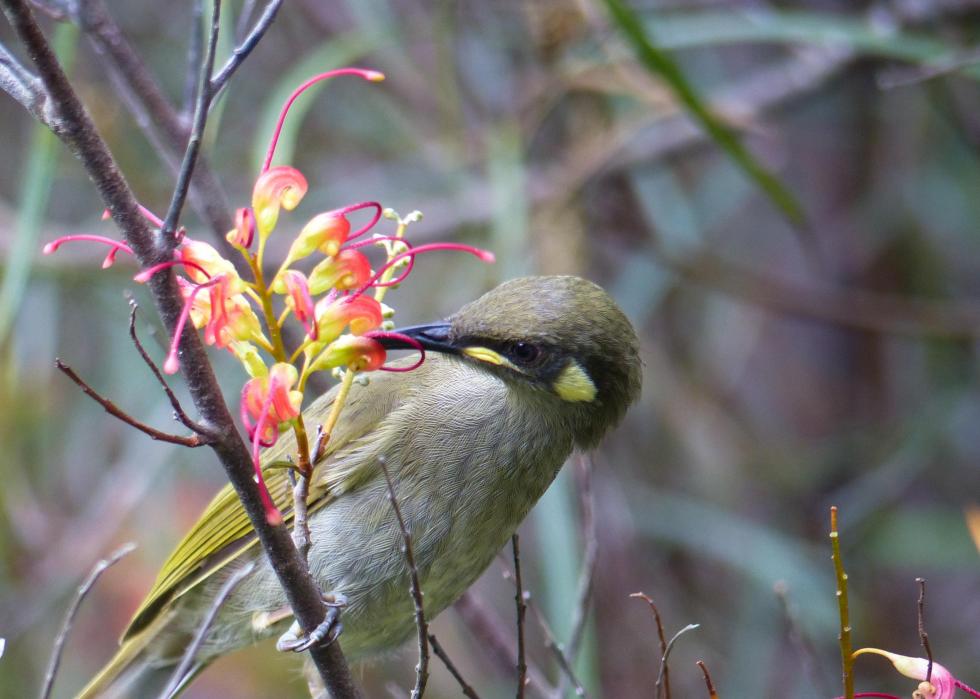
Birds are vital pollinators worldwide
At least 2,000 bird species worldwide are pollinators. These birds—in a wildly colorful and diverse assortment of partnerships—feed on the nectar, insects, and spiders associated with their preferred flowers. In the U.S., hummingbirds are especially important to wildflowers, while honeycreepers and honeyeaters are vital to wildflowers in Hawaii and Australia, respectively.
In many cases, the flowers associated with a particular bird pollinator have evolved special features that are associated only with that one special bird species. The scarlet Hawaiian honeycreeper, for example, has flowers shaped much like the bird's long, curved bill.
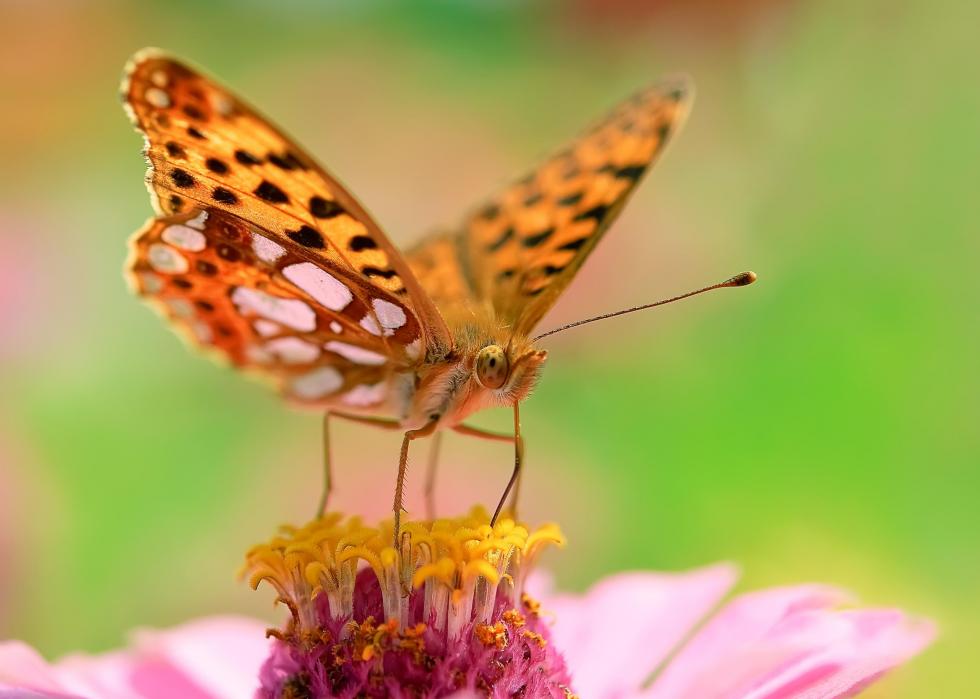
Butterflies and moths: More pollinators at risk
Besides monarch butterflies, many other species of butterflies and moths are at risk from pollution, human development, climate change, agriculture, and sweeping changes in land use. Butterflies and moths are like jeweled pollinators, and many seemed to have evolved to look like the flowers they pollinate. However, other species are cryptic and drab, depending on their environment and predators. Research suggests that monarchs are so vivid because the milkweed they feed on makes them taste bad to predators.
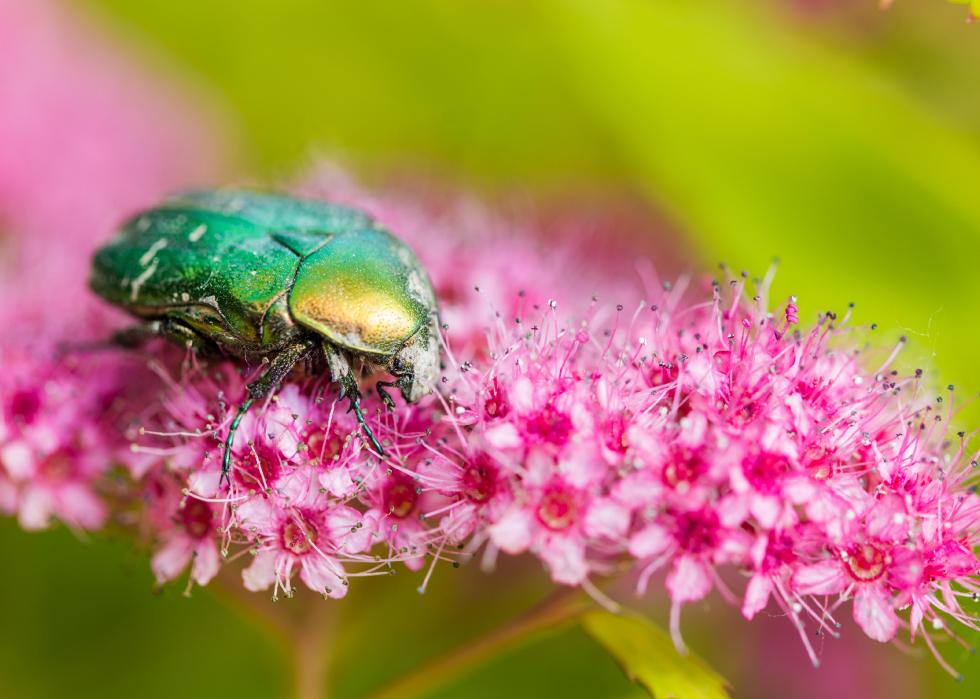
Beetles are ancient pollinators
Many beetle species are pollinators. As one of the oldest groups of insects on Earth, they are among the world's first insect pollinators. Like flowers that evolved with their particular bats, birds, butterflies, and moths, flowers pollinated by beetles have special features. These flowers typically are bowl-shaped, have fruity nectar, and bloom during the day. Two of the most ancient flowering plants pollinated by beetles are magnolias and spice bushes.
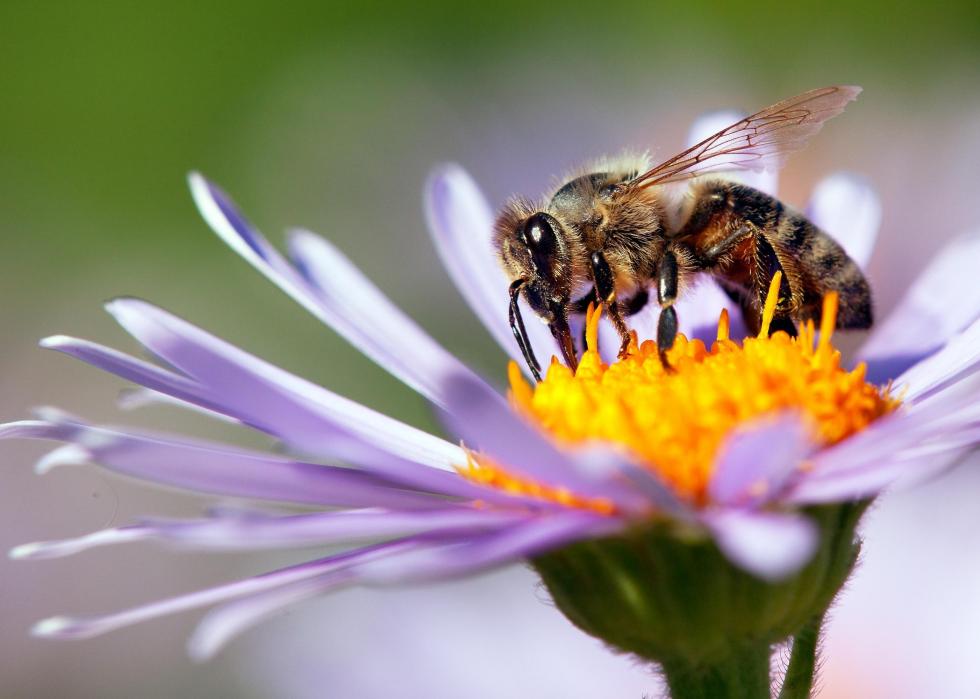
Researchers track pollinators' health, worldwide
Scientists meet annually to share research on the health and biology of the world's pollinators. The International Pollinator Conference includes hundreds of scientists from around the world who bring updates on ecology, genes, and managing bees and other pollinators, land use and management, and helping pollinator populations globally.
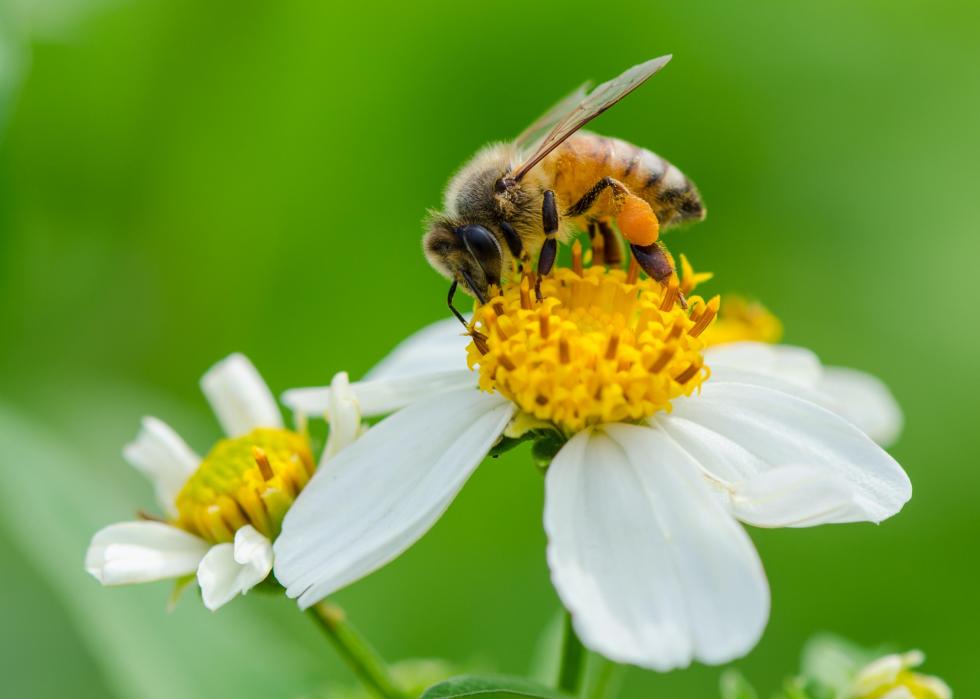
Pollination is an 'ecosystem service' under threat
The pollinators on Earth are much greater than the sum of their parts. It is now commonly understood in science that Earth's pollinators perform what people now call "ecosystem services"—functions and tasks in nature so essential to life on Earth that humans and many other species would not be able to survive without them.
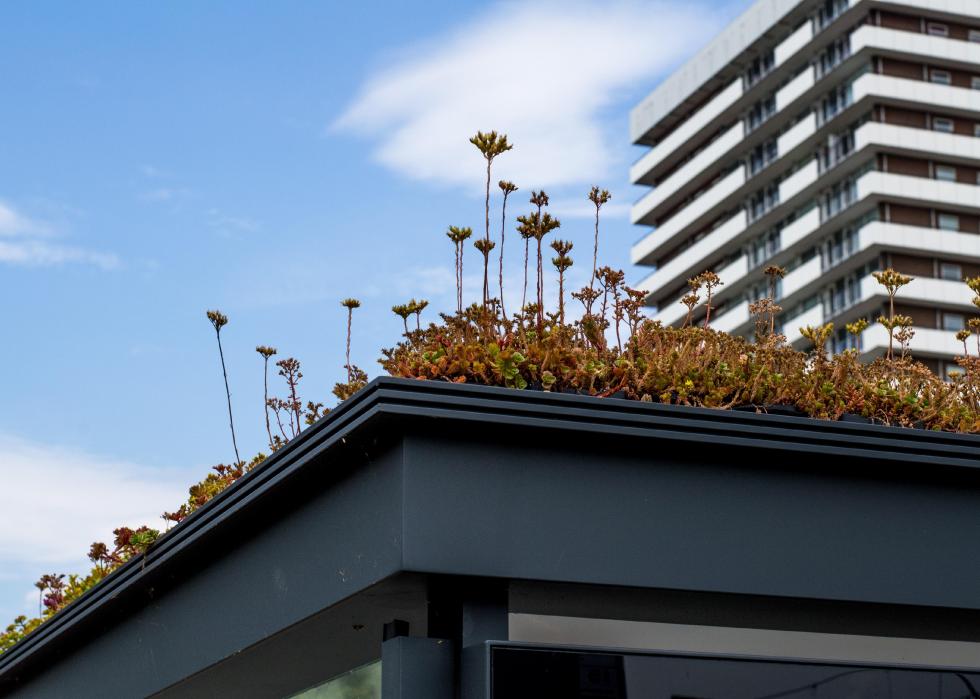
People create pollinator hotspots
Pollinators are also now widely understood to be in peril, and many governments, organizations, and institutions are working to recover, regenerate, and restore the Earth's pollinator population. Many pollinator "hotspots," places people are creating or restoring in cities, gardens, and natural zones around the world, are becoming increasingly important to the conservation process. In a 2019 article in Nature Ecology and Evolution, scientists write, "Urban areas are often perceived to have lower biodiversity than the wider countryside, but a few small-scale studies suggest that some urban land uses can support substantial pollinator populations."



